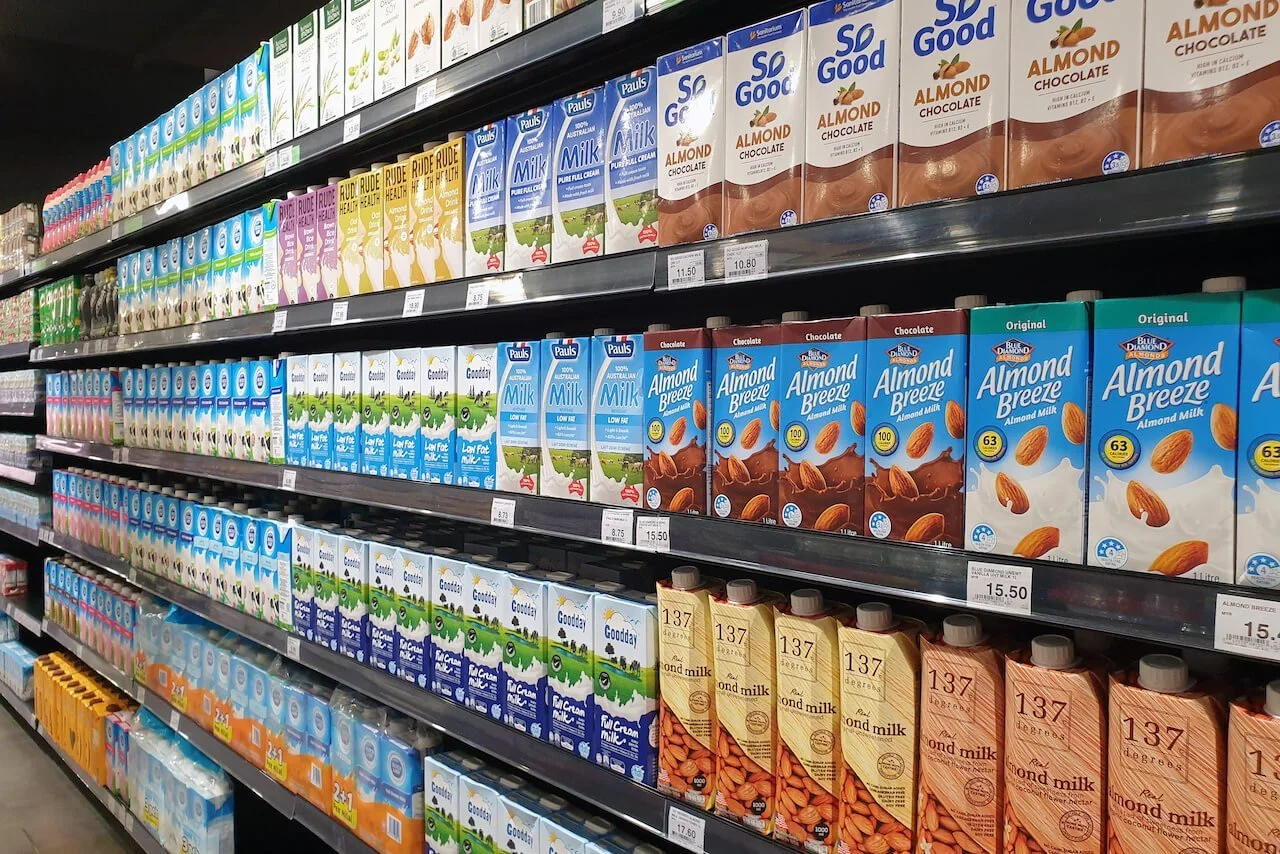The poles the canaries in the coalmine of climate crisis
Ōtepoti - The poles are warming faster than global averages, causing significant damage in the regions.
Nine of the 16 Earth system tipping points are in polar regions. The tipping points accelerate warming through natural Earth systems, and once triggered, become extremely difficult to stop, the World Economic Forum says.
The Arctic is warming nearly four times as fast as global averages, with some locations warming up to seven times faster.
Meanwhile, the Antarctic has warmed almost 3°C since the 1970s, more than anywhere else in the southern hemisphere, according to the World Meteorological Organisation (WMO).
Rising temperatures in the poles have caused significant damage to ancient glaciers, ice sheets, sea ice, permafrost landscapes and the lives of indigenous peoples and local communities. A
Of the six tipping points which are likely to be triggered by 1.5 – 2°C of warming, five are located at the poles. Under the current emissions trajectory, these will trigger unprecedented adaptation as well as significant loss and damage to economic, social and natural systems worldwide.
The Greenland ice sheet, for instance, has lost ice for 25 consecutive years due to higher temperatures and increased rainfall, according to the US National Oceanic and Atmospheric Administration.
NASA, the US space agency, also reported that the average Arctic sea ice for the month of September is now shrinking at a rate of over 12 percent per decade. Even with emission reductions in place, the Arctic will likely experience an ice-free summer by 2050, causing the collapse of marine ecosystems that depend on ice for survival.
The Antarctic climate crisis has also led to significant sea ice loss. In February, sea ice on the continent receded to 1.79 million km², a record low since satellites began measuring ice sheets in the late 1970s, according to an analysis by the US National Snow and Ice Data Centre.
Another study published last month in Nature Geoscience, a peer-reviewed journal, reported that seasonal variations in ice flow for some Antarctic glaciers accelerated by up to 22 percent in recent summers.
“Antarctica has often been referred to as a sleeping giant, it’s the coldest, windiest and driest continent and often thought of as being relatively stable.
The potential for global sea level rise is one of the most significant effects of the polar climate crisis. The Antarctic ice sheet, which spans 14 million km² and contains 30 million km³ of ice, alone holds roughly 60 percent of the world’s total freshwater, according to the British Antarctic Survey. The amount of freshwater equates to a 70-metre rise in global sea level.















Lisa was born in Auckland at the start of the 1970s, living in a small campsite community on the North Shore called Browns Bay. She spent a significant part of her life with her grandparents, often hanging out at the beaches. Lisa has many happy memories from those days at Browns Bay beach, where fish were plentiful on the point and the ocean was rich in seaweed. She played in the water for hours, going home totally “sun-kissed.” “An adorable time to grow up,” Lisa tells me.
Lisa enjoyed many sports; she was a keen tennis player and netballer, playing in the top teams for her age right up until the family moved to Wellington. Lisa was fifteen years old, which unfortunately marked the end of her sporting career. Local teams were well established in Wellington, and her attention was drawn elsewhere.